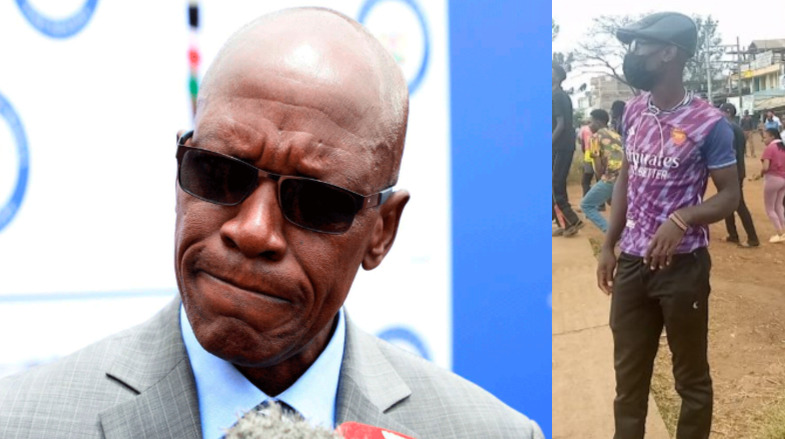Higher Education Loans Board (HELB) offers loans and bursaries to government and self-sponsored students in public or private universities in Kenya and East African Community; recognised by Commission for University Education (CUE).
Likewise, help also extends to students enrolled in approved public Technical, Vocational Education and Training (TVET) institutions; recognised by the Ministry of Education (MoE), and registered by KUCCPS.
Initially, there was the Differentiated Unit Cost (DUC) Funding Model for students. Then, Variable Scholarship and Loan (VSL) Funding Model came into existence, where varsity funding is anchored on scholarships, HELB and household contribution. Ideally, there are 8 types of loans offered by HELB.
Undergraduate Loans
It is also known as first-time applicant or subsequent applicant. Offered to Kenyan students joining university and college directly from high school; and have secured placement under KUCCPS. The loan targets degree and diploma students in public and private universities, KMTCs and TVETs. The funding captures tuition and upkeep; depending on the level of need. Repayment starts one year after graduation.
ALSO READ:
Vihiga County, Pratham International to partner to enhance TVET training
TVET Loans
It is given to students in TVET colleges, approved by the Ministry of Education. The minimum requirement is a mean grade of D (plain) and above in KCSE. The loan covers tuition and partial upkeep.
Post-graduate Loans
It is given to Kenyan students pursuing Masters or PhD, studying locally or abroad. The loan targets students who are done with undergraduate studies. The student must depict proof of admission and academic performance. The loan caters only for tuition, and no upkeep is provided. Repayment begins immediately after disbursement since the borrower is already an adult graduate.
Jielimishe Loans
This is for self-sponsored students. It is given to Kenyan students in self-sponsored programmes in Parallel (Module 2), evening and online classes. It includes undergraduate, masters and diploma programmes. It targets students who are working or not under KUCCPS placement. As part of requirement, there should be proof of income – pay slips and guarantors. Repayment begins immediately after disbursement because it is treated as a credit facility.
ALSO READ:
Trans Nzoia fast tracks TVET reforms as modular training rolls out
Afya Elimu Fund
It is given to students studying in medical-related fields; especially in KMTCs, nursing schools or medical training. It partners with USAID and World Bank. The loan targets low-income students; training for health-care roles. It covers tuition and partial upkeep.
TVETA Loans and Bursary
It targets students in public TVET institutions like polytechnics. It combines a loan plus bursary, where some portion is free money. It is available for students who scooped D- (minus) and above in KCSE.
Bursaries
Bursaries are given to orphans, very needy or students from marginalised areas. It does not need repayment. Applicants must provide supporting documents such as death certificate and chief’s letter.
Scholarship Programmes
HELB partners with various organisations like Aga Khan Foundation and KCB Foundation; to offer full or partial scholarships to needy students. The application is separate from regular loan.
By Victor Ochieng’
The writer rolls out career talks. vochieng.90@90@gmail.com. 0704420232
You can also follow our social media pages on Twitter: Education News KE and Facebook: Education News Newspaper for timely updates.
>>> Click here to stay up-to-date with trending regional stories
>>> Click here to read more informed opinions on the country’s education landscape





